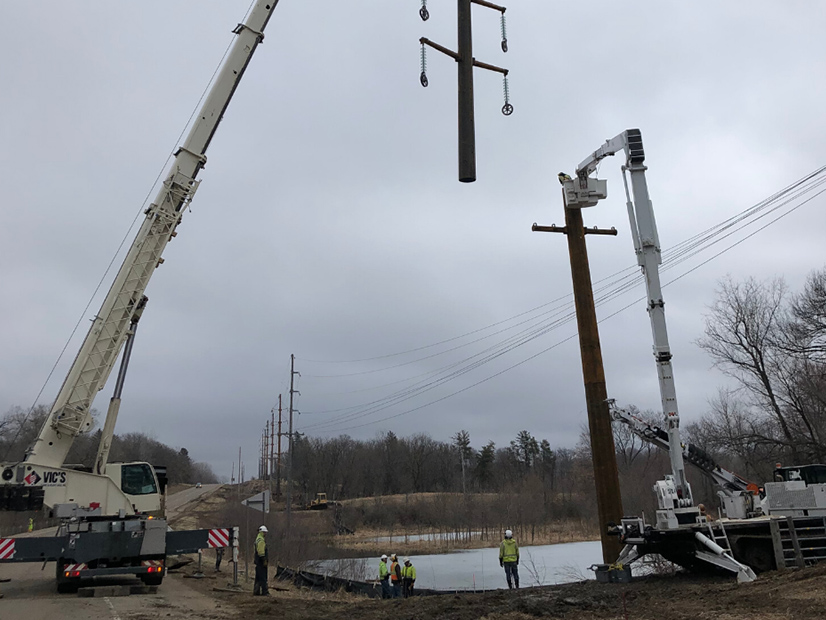The Department of Energy on Tuesday announced a $300 million grant opportunity for states, tribes and local governments to strengthen their transmission siting and permitting processes.
Funding for the Transmission Siting and Economic Development (TSED) program comes from the Inflation Reduction Act and is administered by DOE’s Grid Deployment Office. The program is meant to accelerate the construction of new transmission infrastructure, which is vital to the Biden administration’s net-zero goals.
“To meet our ambitious clean energy goals, we need to expand the nation’s transmission capacity by 60% over the next seven years,” said Secretary of Energy Jennifer Granholm. “Now, thanks to President Biden’s Investing in America agenda, we have the funding to build out a grid chock-full of clean, cheap, reliable electricity and accelerate transmission expansion while creating good-paying jobs across the country.”
The $300 million is the first tranche of a total $760 million for the TSED program under the IRA and is available for permitting processes and economic development in affected communities. The program covers siting for any onshore transmission lines at 275 KV and above and offshore lines of 200 KV and above.
Independent estimates project that transmission will need to expand by 60% by 2030 and may need to triple by 2050 to meet the demand for clean electricity and resiliency. The TSED program will provide financial support to siting authorities to fund studies, modeling, environmental planning and analysis to assess alternatives, better inform decision making and cut application processing time.
Government siting agencies will be able to use the money to study up to three alternate siting corridors for transmission projects. Regulators can use it to participate at FERC or other agency proceedings for determining the rates and costs of a project they site.
The program also can support robust engagement with members of the public, participation in regulatory proceedings and other activities as approved by the secretary of Energy.
The program’s community-based projects can include energy investments such as microgrids, renewable power integration and electric vehicle charging infrastructure. They can support essential community facilities for public safety, health care, education and transit, or community centers and parks.
TSED funds can also be used for job training and apprenticeship programs. DOE wants communities to submit unique projects that are suited to local needs.
Transmission developers are not eligible for the grants, but they can partner with government agencies that are. Developers can work with siting and permitting agencies to propose improvements to cross-jurisdictional coordination, strengthen permitting processes and resolve permitting bottlenecks.
DOE wants initial concept papers from potential grantees by Oct. 31 and full applications by April 5, 2024.



